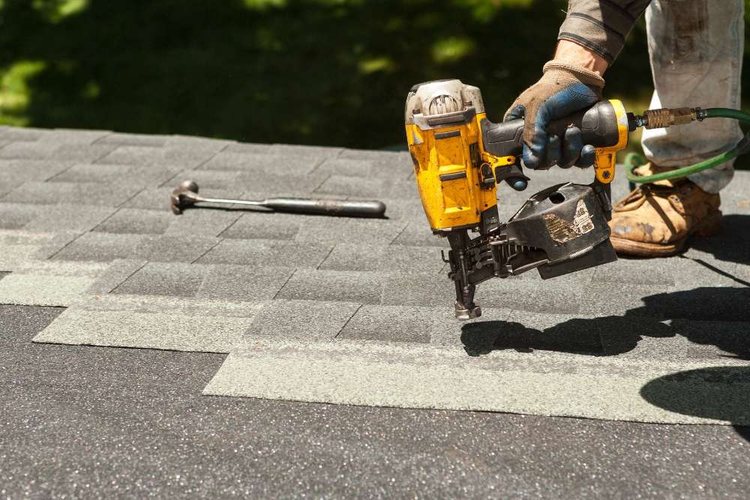Fence Installation: Costs, Local Experts, and What to Expect
Adding a fence to your property enhances privacy, security, and curb appeal while defining your outdoor space. Whether you're protecting a vegetable garden, keeping pets safe, or simply adding structure to your landscape, understanding the installation process, cost factors, and how to find reliable local professionals will help you make informed decisions for your home improvement project.

Understanding Fence Installation in Your Area
When planning to install a fence, connecting with local professionals ensures you receive accurate assessments tailored to your property’s specific needs. Local fence contractors understand regional building codes, soil conditions, and climate considerations that affect installation quality and longevity. They can visit your property to evaluate terrain challenges, measure precise dimensions, and recommend materials suited to your area’s weather patterns. Working with nearby professionals also means faster response times, easier communication, and support for any post-installation adjustments or maintenance needs that arise over time.
Estimating Your Fence Installation Budget
Several factors influence the total cost of installing a fence. Material choice plays a significant role, with options ranging from affordable chain link and vinyl to premium cedar, composite, or ornamental iron. Linear footage determines the amount of material needed, while height affects both material costs and labor complexity. Terrain conditions such as slopes, rocky soil, or existing landscaping can increase installation difficulty and expenses. Additional features like gates, decorative post caps, or custom designs add to the overall investment. Labor costs vary by region and contractor experience, typically accounting for 30 to 50 percent of the total project cost.
Prices, rates, or cost estimates mentioned in this article are based on the latest available information but may change over time. Independent research is advised before making financial decisions.
Selecting a Reliable Fence Company in Your Community
Choosing the right fence company requires careful evaluation of several key factors. Start by verifying proper licensing and insurance coverage to protect yourself from liability. Review portfolios or request references from previous clients to assess workmanship quality. Obtain detailed written estimates from multiple contractors to compare pricing structures and included services. Ask about warranties on both materials and installation work, as reputable companies stand behind their craftsmanship. Check online reviews and ratings through trusted platforms, but also consider speaking directly with past customers when possible. Inquire about the company’s experience with your preferred fence type and whether they handle permit applications and inspections as part of their service.
Comparing Fence Options and Providers
Understanding the range of available options helps you make the best choice for your property and budget. Different materials offer distinct advantages in terms of maintenance requirements, durability, aesthetic appeal, and cost effectiveness. Below is a comparison of typical fence options and estimated costs based on current market information.
| Fence Type | Material | Cost per Linear Foot | Key Features |
|---|---|---|---|
| Wood Cedar | Natural Cedar | $15 - $30 CAD | Classic appearance, natural resistance to decay, requires periodic staining |
| Vinyl/PVC | Synthetic Polymer | $20 - $40 CAD | Low maintenance, weather resistant, variety of colors and styles |
| Chain Link | Galvanized Steel | $8 - $18 CAD | Affordable, durable, minimal maintenance, functional design |
| Composite | Wood-Plastic Blend | $25 - $45 CAD | Eco-friendly, rot resistant, mimics wood appearance without upkeep |
| Ornamental Aluminum | Powder-Coated Aluminum | $30 - $60 CAD | Elegant appearance, rust resistant, ideal for decorative boundaries |
Prices, rates, or cost estimates mentioned in this article are based on the latest available information but may change over time. Independent research is advised before making financial decisions.
Preparing for Your Fence Installation Project
Proper preparation ensures a smoother installation process and better results. Begin by checking local regulations and homeowner association rules regarding fence height, setback requirements, and approved materials. Contact utility companies to mark underground lines before any digging occurs, preventing costly damage and safety hazards. Clearly mark your property boundaries to avoid disputes with neighbors and ensure the fence is installed on your land. Remove obstacles such as rocks, roots, or existing structures from the fence line. Discuss access needs with your contractor, ensuring equipment can reach work areas without damaging landscaping. Consider seasonal timing, as some weather conditions make installation more challenging or affect material performance.
Maintaining Your Fence for Longevity
Regular maintenance extends your fence’s lifespan and preserves its appearance. Wood fences benefit from annual inspections for rot, insect damage, or loose boards, with periodic staining or sealing every two to three years to protect against moisture and UV damage. Vinyl and composite fences require minimal upkeep, typically just occasional cleaning with soap and water to remove dirt and mildew. Metal fences should be checked for rust spots, which can be treated and repainted as needed. All fence types benefit from keeping vegetation trimmed away from panels to prevent moisture accumulation and structural stress. Inspect gates regularly to ensure hinges and latches function properly, making adjustments or replacements promptly to maintain security and convenience.
Investing in a quality fence enhances your property’s functionality and aesthetic appeal for years to come. By understanding installation processes, budgeting accurately, and selecting experienced local professionals, you can create the perfect boundary for your outdoor space. Taking time to compare options, prepare properly, and commit to ongoing maintenance ensures your fence remains a valuable asset that meets your needs while complementing your landscape design.




